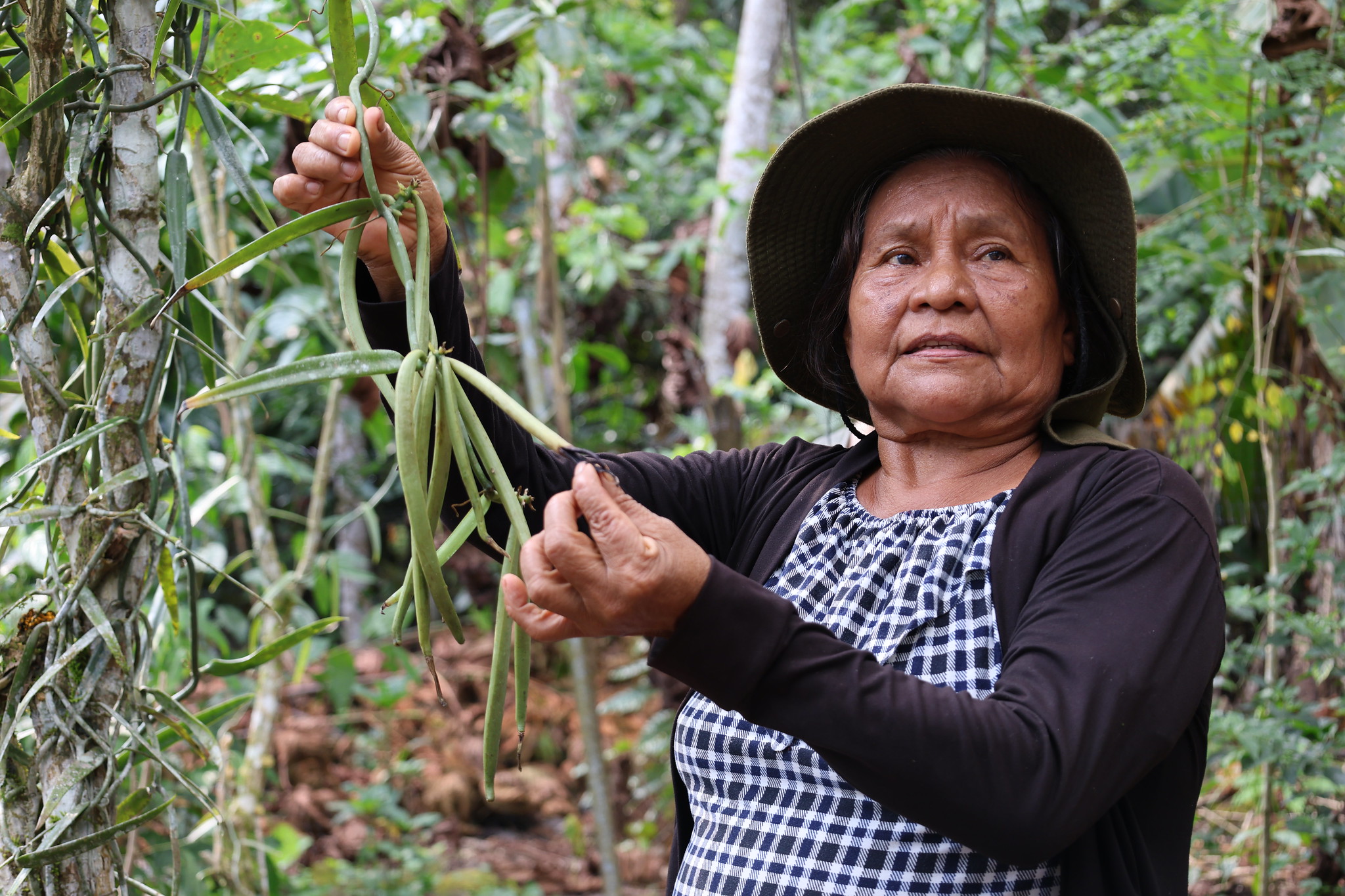Opinion: Indigenous Peoples Are Central to Saving Forests and the Climate. It’s Time the World Recognized That

Photo: Soraia Ribeiro/Regions4
As the world accelerates efforts to tackle climate change and biodiversity loss, tropical forests have emerged as a cornerstone of the solution. Yet, despite growing momentum behind efforts to raise climate finance to protect forests, one essential truth is still too often overlooked: Indigenous Peoples and Local Communities (IP&LCs) are not merely stakeholders in the process. They are forest guardians, climate leaders, and rights holders.
IP&LCs manage and protect nearly one-third of the world’s forests, including vast areas of the Amazon, the Congo Basin, and Southeast Asia. Numerous studies confirm that when IP&LC rights are recognized and upheld, deforestation is significantly reduced, biodiversity thrives, and ecosystems become more resilient. Traditional knowledge, shaped through generations of living in harmony with nature, offers insights that science is only beginning to appreciate.
One approach that offers hope for full participation of Indigenous Peoples is Jurisdictional REDD+. This refers to large-scale, government-led forest protection efforts at state, province, or national level, rather than isolated projects. These programs aim to reduce deforestation and generate high-integrity verified emissions reductions and removals credits, which can then be sold via carbon markets to raise finance to reward those directly involved in forest protection and fund ongoing efforts.
But it cannot succeed without IP&LCs leadership. Their full participation is essential to designing and implementing fair, effective, and lasting solutions. Moreover, the benefits from these programs—financial, technical, or political—must be equitably shared. IP&LCs must receive direct support for the essential ecosystem services they provide. Standards, such as the REDD+ Environmental Excellence Standard (ART TREES) developed by the Architecture for REDD+, demand this full participation. TREES credits cannot be issued and sold without clear evidence that strong social safeguards are in place and that benefits sharing mechanisms have been agreed via an open and inclusive consultation process, which gives all stakeholders, including Indigenous Peoples, the option to take part.
There are promising signs that we are moving away from the days when critical decisions were made in distant government offices to decision-making based on the views of the communities and people who are directly impacted.
The Brazilian state of Acre, long a leader in REDD+ will complete an extensive consultation process in June, under the leadership of Francisca Arara, the Secretary of State of Indigenous Peoples and a member of the Arara Nation. And the state of Pará in Brazil recently launched a public consultation process to strengthen its jurisdictional REDD+ policy with the full participation of traditional peoples. This marks the first time the state has institutionalized IP&LC leadership in shaping climate policy at this scale. It is an important step toward putting IP&LCs at the center, not the margins.
Many Indigenous leaders that I have spoken to in Brazil and other countries see jurisdictional REDD+ as an opportunity to leverage global climate finance to secure land tenure and forest rights, support culturally relevant education and healthcare, and strengthen traditional governance systems. They are hopeful that, if implemented with respect for Indigenous self-determination and in genuine partnership, these initiatives can protect not only forests but also their cultural heritage and the well-being of future generations.
At the same time, many IP&LC leaders stress that real outcomes depend on ensuring that resources and decision-making power genuinely reach their communities. Others have highlighted the need for accessible consultations with clear information in Indigenous languages and culturally relevant communication tools.
As we look ahead to COP30, set to take place in Brazil’s Amazon region, the world has a profound opportunity and responsibility to shift the paradigm. This means embedding IP*LC participation at every stage of jurisdictional REDD+: from planning and policymaking to implementation, monitoring, and benefit-sharing. It also means recognizing their contributions not as acts of charity but as climate-smart investments in our collective future.
For decades, Indigenous and local communities have protected forests not for money or recognition, but out of deep cultural, spiritual, and ecological connections to their lands. As the world finally begins to grasp the true value of forests, it must also respect and support those who have long defended them. We are seeing positive signs in states like Acre, Pará and many other forest countries beyond Brazil. But we need to see more, and quickly. Real climate solutions will only take root when IP&LCs are no longer seen as peripheral participants but as central partners in the fight to save our planet.
*This opinion article was written by Carol Burga, IP&LC and Stakeholder Engagement Expert at Emergent.